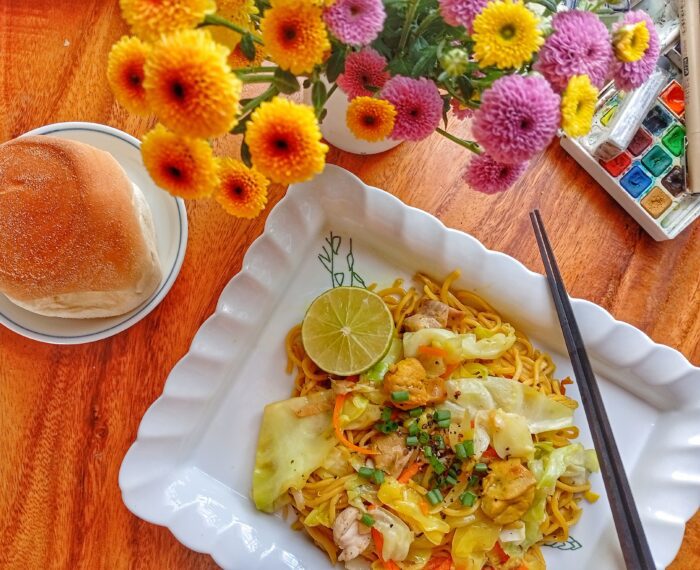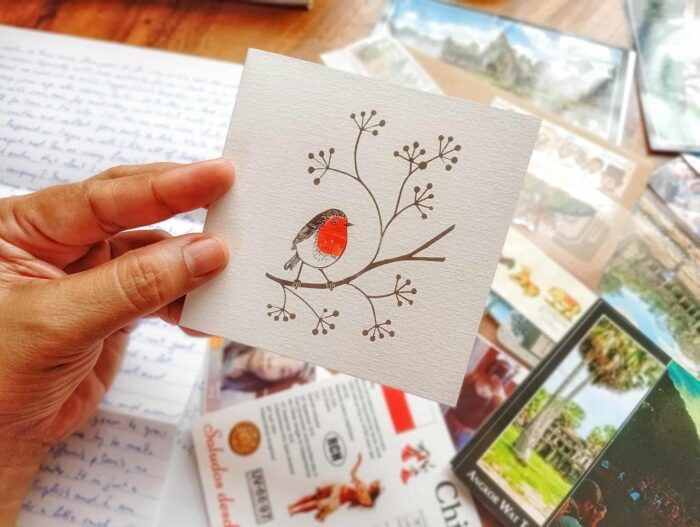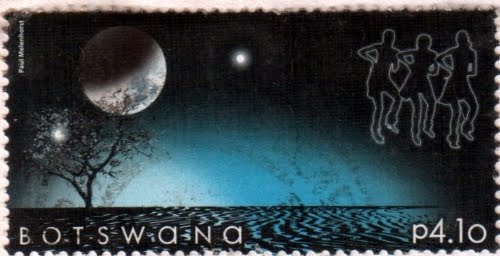I called in sick today. Nothing serious – just that mix of fatigue, fever, and fuzziness that makes you want to curl up under a blanket. But sick days as an expat in Cambodia don’t come with the luxury of switching off completely. Emails still pile up, messages still need replies, and before I knew it, my “sick day” had morphed into a sick-work-from-home arrangement. 😅
Whenever I feel poorly, my body and my heart both crave the familiar. For me, that means food from home. Today, the answer was pancit canton.
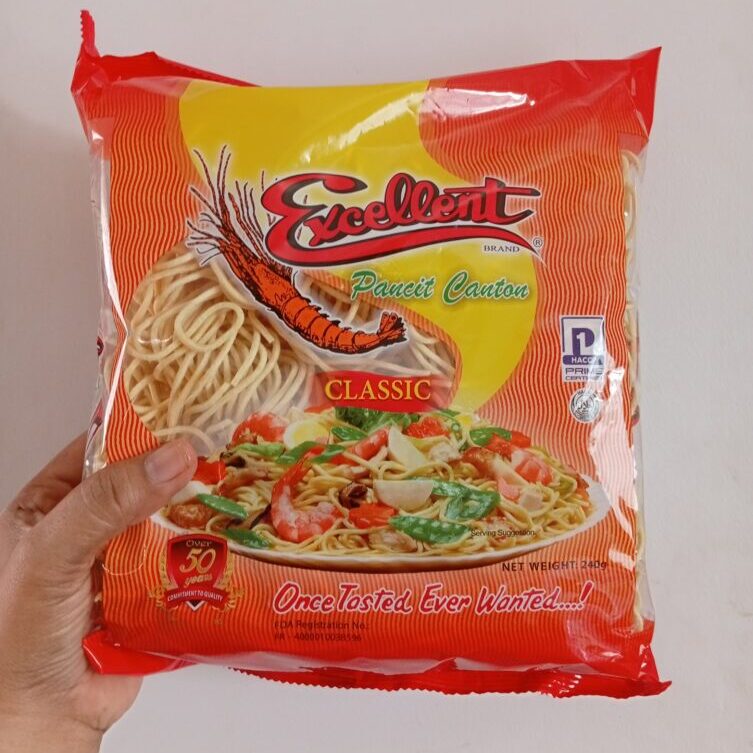
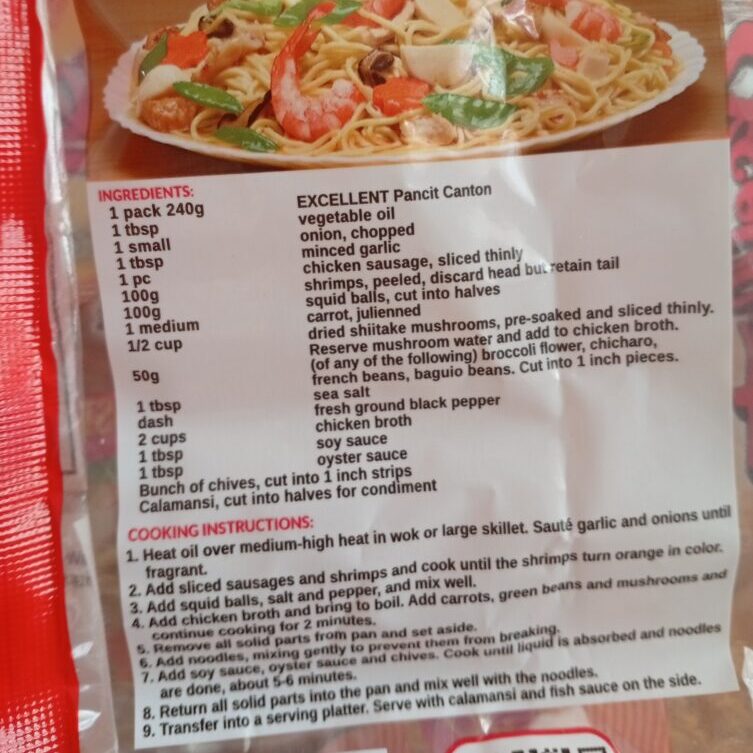
Now, my version was stripped-down — the poor (wo)man’s pancit — just a handful of chicken cut into small pieces, some cabbage, and carrots. Basic, but comforting. If my dad or brother were here, it would be a whole different affair. Their pancit canton is legendary, brimming with prawns, chicken liver, squid balls, chorizo, and even lechon belly. A fiesta in a wok. Mine, by contrast, is basic. Minimalistic (kasi fecha de peligro, iykyk…) and felt more like a quiet, comforting hug. Luckily for me, and other Filipinos here, pancit canton noodles are now sold in local stores here in Phnom Penh. I just followed the instructions on the back of the pack. Easy-peasy, no stress.
That’s the beauty of pancit canton. It doesn’t need to be extravagant to work its magic. Filipinos eat it at any time of day — breakfast, lunch, dinner, or merienda. And true to our love affair with carbs, it’s often paired with rice or pan de sal (yes, noodles with bread or rice, carbs-on-carbs, y’all ), and chased with an ice-cold Coke. Always best finished with a squeeze of kalamansi or lime, that citrusy kick instantly brightens the dish.
But here’s why pancit canton is more than just stir-fried noodles. It’s a cultural shorthand for family, gathering, and celebration. In the Philippines, noodles symbolise long life, so pancit always appears at birthdays, fiestas, Christmas, and New Year’s. Every household has its own signature version — some lush and festive, others simple and practical, but all of them are loaded with memory. Kitchens buzzing with chatter and laughter, unexpected guests welcomed with a quick stir-fry, midnight hunger pangs solved in one wok.
Today, standing in my Phnom Penh apartment with my pared-down pancit, I felt a little bit of that warmth (no, it’s not the weather! lol). It wasn’t just food. It was a link to my parents’s kitchen, to family meals back home, to traditions that make me feel rooted even when I’m far away.
This is the first of what I’m calling my Homesick Recipes — a small archive of the dishes that keep me grounded as a homesick expat. Some are simple, some celebratory, but all carry the flavour of home.
Stay tuned — next time, I might tell you about the time I made adobo with Vietnamese soy sauce and a dash of improvisation.
